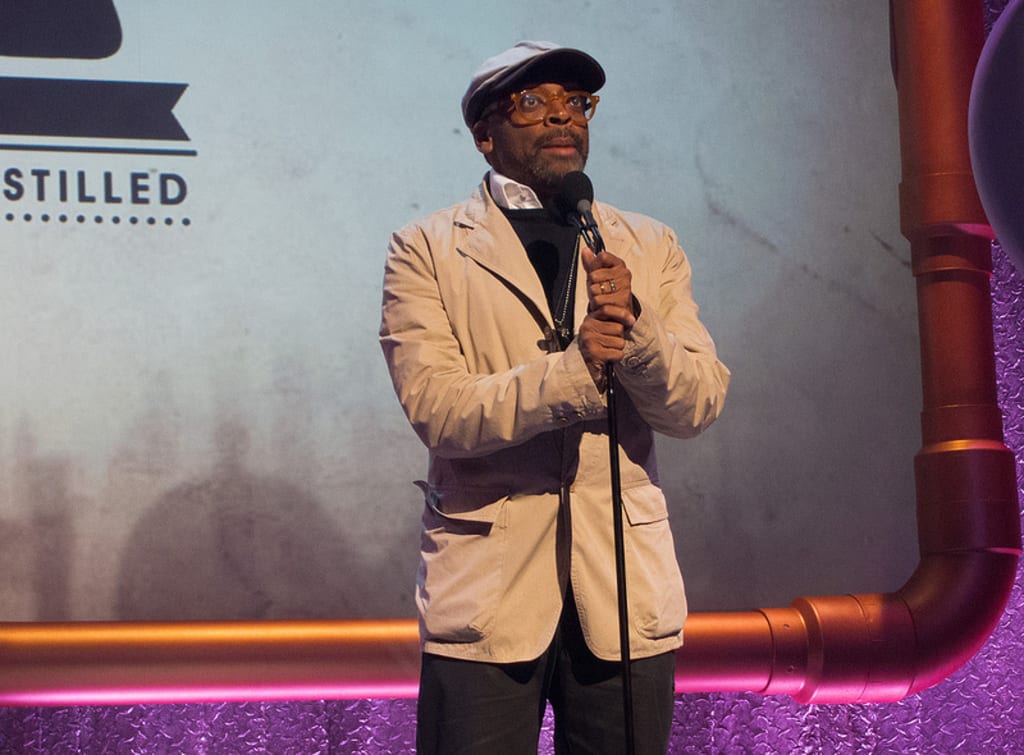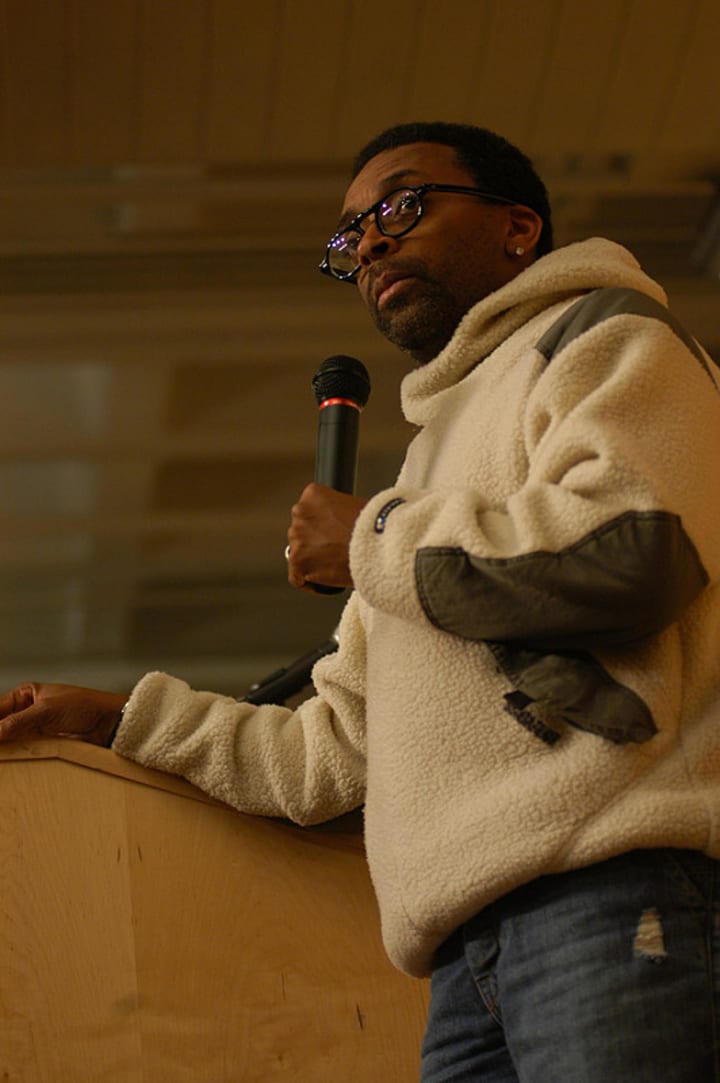Why Are You Ranking: Worst Examples of Spike Lee’s Double Dolly Shot Listed from Goofy to Awkward
Spike Lee has mastered the art of layered filmmaking. It's just too bad he injects silly camera grammar into his works.

On the occasion of his narrative film, BlacKkKlansman (2018), Spike Lee can celebrate a return to his more accessible types of films. As a terrific documentarian, though, Lee has crafted some moving, profound works of nonfiction, non-narrative films in the past. But when it comes to his feature films, he has a proclivity to use poor camera grammar. In particular, the double dolly shot which depicts a character or characters seemingly floating on air gives no indication of the mood, intentions, or other ideas involved in the scene. The worst part of this camera inclination is that it appears in so many of Lee’s works. It is difficult to engage into the movie when the seemingly hovering (usually protagonist) flashes onto the screen. And there seems to be no sign of Lee stopping this stunt. He continues to implement this technique (if you can call it that) into his oeuvre. With over 30 years of professional experience to his credit, Lee has garnered an honorary Academy Award amongst other accolades. But what are these boards and critics voting for in these instances? Do they not realize that the double dolly shot is annoying, clumsy, and jarring? Does Lee know that the shot is annoying, clumsy, and jarring? Maybe it is because he thinks that since no one else employs the shot as much that it is okay to be the director to stick out from the crowd. It’s too bad that he sticks out like a weed amongst a bed of roses. So get your double cutting instructions and prepare to break the fourth wall with, Why Are You Ranking: Worst Examples of Spike Lee’s Double Dolly Shot Listed from Goofy to Awkward.
A Peabody for the Filmmaker

And the winner is Spike....
3. 'Da Sweet Blood of Jesus' (2014)
In a semi-good example of Lee’s mind trained on a specific subject (the need to ingest blood), Jesus showcases main character Dr. Hess Green (Stephen Tyrone Williams) on a quest to do just that. In a pivotal scene in a church, replete with lively singing and dancing, Lee positions the double dolly on Hess. What does this mean? Is he floating because of the irrational, ecstatic faith? Is he hovering in the air because he knows that he will be “freed” from his demonic ways of searching out victims for their blood? While the answer is elusive, one can surmise just how unnecessary such a cinematic choice is.
Rank: Goofy
A New York Fanatic

Spike Lee in Contemplation
2. 'Crooklyn' (1994)
Among the various films which feature multiple double dolly shots, this one has two. Both involve then-child actor Zelda Harris as Troy Carmichael. In one instance, she experiences a dream where she is high on airplane glue. Is this to demonstrate the ramifications of being intoxicated by a substance abused outside of its recommended use? Does Lee wish to depict the dangers of being influenced by older people? What is the point of showing a child floating in the air? Another shot is where Troy is moving toward another gang of kids wielding a baseball bat. Does Lee wish to allow the audience to see what an impending attack would look like if someone appeared to be on skates? Again, as we search for conclusions to Lee’s vision, let us remember that this film is one of just a few of Lee’s works that focused on young adult themes. Airplane glue and bats are included.
Rank: Clumsy
Lee addresses the crowd.

Spike Lee on Stage
1. 'Malcolm X' (1992)
For his longest feature film to date, Spike Lee places his artistic aim on the real life, from cradle to the grave, of Malcolm el-Hajj Malik el-Shabazz X. As it clocks in at three hours plus, the entire film depicts very little of the activist’s ideals towards capitalism and blacks being able to rise up through the semi-free market system. That didn’t stop Lee from imposing his double dolly shot on X (Denzel Washington). While floating down the street to the tune of Sam Cook’s “A Change Is Gonna Come,” why does Lee use this infamous shot? Is it to show the impending doom of X? Is it to broadcast the ominous nature of the final scenes of the film? The shot disrupts the narrative of the picture and brings an unintentional sense of humor to a tense and rather taut few scenes. Lee could have chosen a better way to portray Malcolm X in his last moments on Earth.
Rank: Awkward
About the Creator
Skyler Saunders
Cash App: $SkylerSaunders1
PayPal: paypal.me/SkylerSaunders
Join Skyler’s 100 Club by contributing $100 a month to the page. Thank you!






Comments
There are no comments for this story
Be the first to respond and start the conversation.